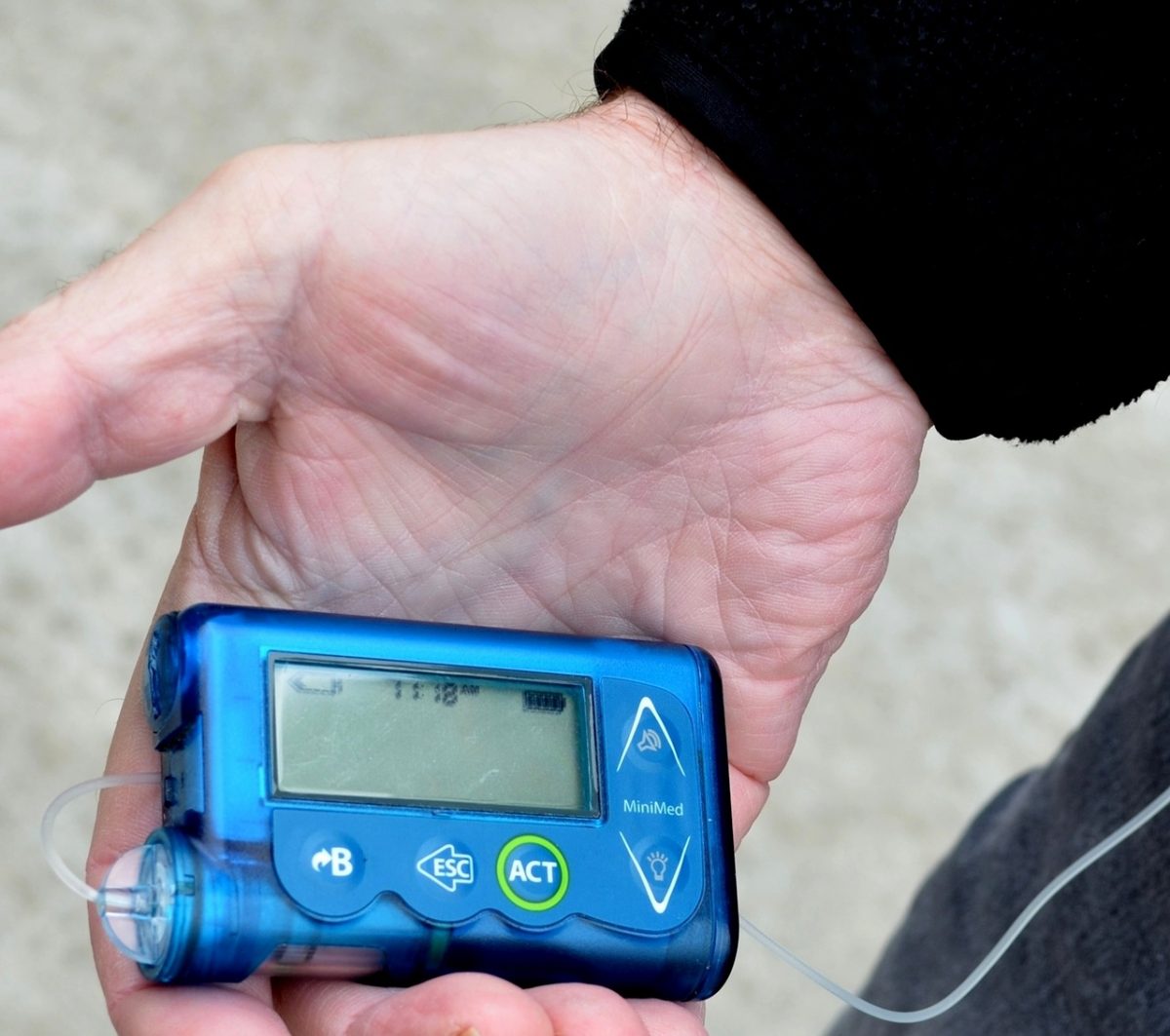Monitoring blood glucose levels is a constant task for diabetics and the manner in which they accomplish that has changed significantly over the years. When accurate meters and test strips for at-home use became available, it revolutionized life for diabetics and saved millions of lives.
Diabetic technology continues to evolve, but many aren’t aware of the existing methods or products currently being explored for the future. One of the primary pushes in diabetes technology is the elimination of finger sticks to obtain a blood sample through continuous glucose monitoring (CGM) systems.
The innovations being created are also designed to help diabetics monitor their glucose levels more closely and record them. It aids in identifying foods that cause spikes in blood sugar levels and when they occur. The following are just some of the advances in technology for blood sugar monitoring.
Phones and Sensors
With a sensor that sticks to the arm and an app, individuals can simply pass their phone over the sensor to obtain an instant glucose reading. No finger sticks or blood draws are necessary.
Subcutaneous Sensors
There are also sensors that can be applied just below the surface of the skin. They transmit a wireless signal to a touch screen or compatible phone to monitor glucose levels in real-time. Each sensor is good for about 10 days. It’s designed for integration with automated insulin dosing systems. However, some are designed simply to supply the data and individuals will still need to inject insulin when needed.
Insulin Pumps
The use of insulin pumps isn’t new, but the way they deliver data has gone wireless. Tubeless systems are now available that use an ultra-thin filament under the surface of the skin to monitor glucose levels so there are no finger sticks. The filament is attached to a monitor worn on the back of the upper arm and data is also sent to a phone, allowing individuals to see their glucose levels minute-by-minute.
Check Before Choosing
Some of the new glucose monitoring systems can be quite expensive and many insurance companies won’t pay for them at all. Other insurers charge a significant co-pay for them. Before choosing any new system, it’s a good idea to speak with a healthcare provider to ensure they’re the best solution for the individual lifestyle. Also, talk with any relevant insurers to ascertain what the cost will be before switching.
If you would like to find out about earning cash for your unwanted, unused and boxed test strips, complete our online quote form today.
If you have extra, unopened and unused boxes of diabetic test strips – whether you have switched brands, no longer need to test or test less frequently, or have a loved one who has passed away – don’t let them gather dust until they’ve expired and end up in the trash. We’re the best place to sell diabetic test strips online, and if you want to sell your test strips, we’re here to make the process easy and enjoyable!
Visit us at Sell Your Test Strips and get your free quote today!
Like us on Facebook

